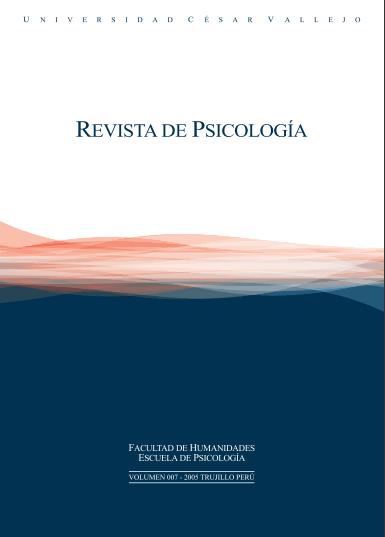Emotional intelligence and academic performance in 2nd year in high school student
Keywords:
Emotional intelligence, Academic yield, RelationshipAbstract
The investigation was carried out with a sample of 96 students (from the 17 to 27 years), distributed proportionally in the six schools. The ICE of Baron was administered, and the data of the academic performance were obtained on the basis of the pondered average. The results showed that there is a relationship between the levels of I.E. and the levels of academic performance. For sex, there isn't any relationship. There isn't any relationship in the compound CEMT scale either. In males, the relationship is highly significant in CEER and CEAD. It is significant in CEAG and it doesn't exist in CERA. In women, the relationship is: highly significant in CEAG, significant in CERA and CEAD; it doesn't exist in CEER. There is a relationship between the levels of the students coming from the county of Trujillo. But, there isn't any relationship in those coming from other counties. Also, there isn't any relationship in: CERA, CEER, CEAD and CEAG in this last group. But in those of the first group, there is a highly significant relationship. In both groups, there isn't any relationship in CEMT. In the area of sciences and arts, there isn't any relationship. In students of sciences, the relationship is highly significant in CERA and significant in CEAG. It doesn't exist in: CEER, CEAD and CEMT. In students of arts, there is a relationship: highly significant in CEAD and CEAG; significant in CERA and CEER. In CEMT it doesn't exist.
Downloads
Published
How to Cite
Issue
Section
License
Copyright (c) 2005 Robert Mitchel Briceño Álvarez

This work is licensed under a Creative Commons Attribution-NonCommercial-ShareAlike 4.0 International License.










